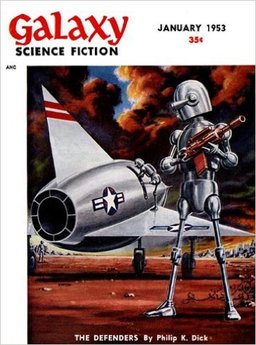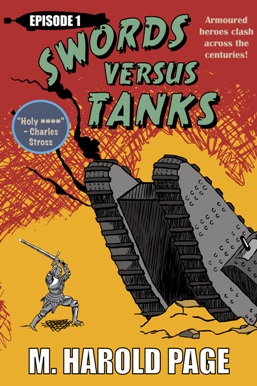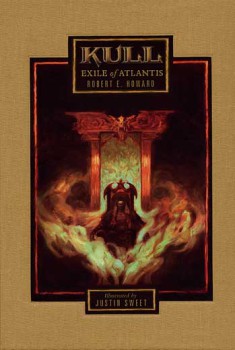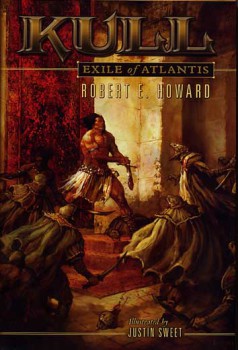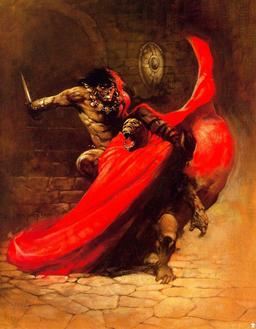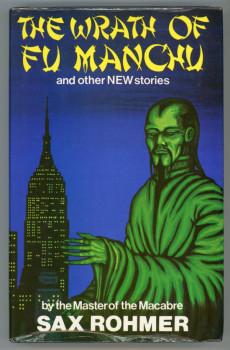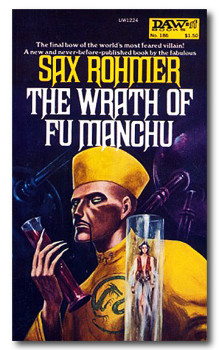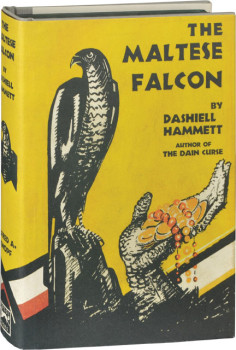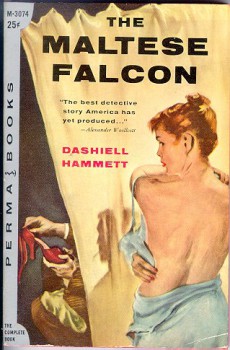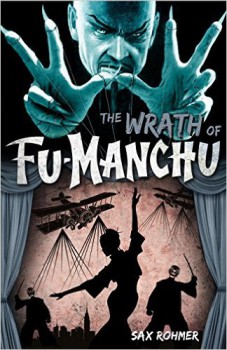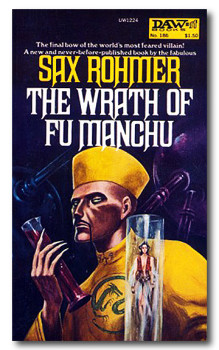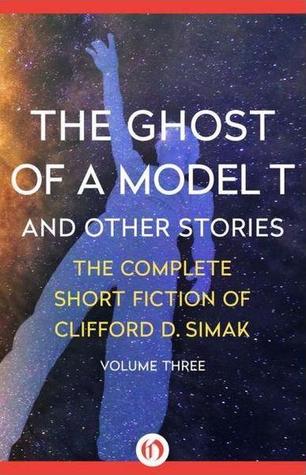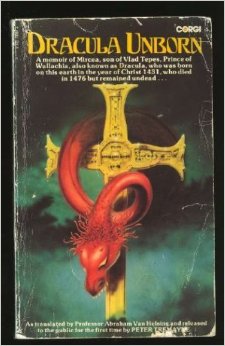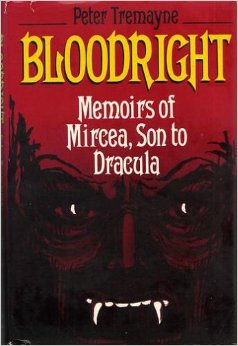Vintage Treasures: Beyond the Curtain of Dark edited by Peter Haining
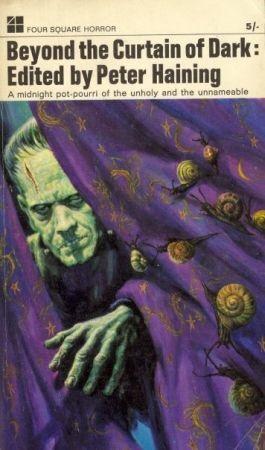 |
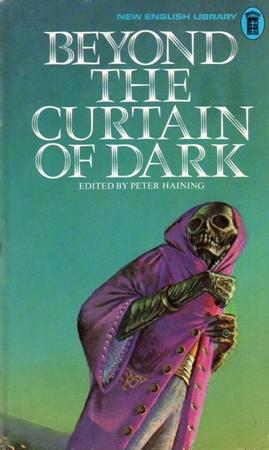 |
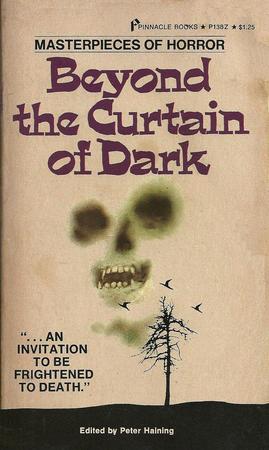 |
Peter Haining was a prolific editor, producing over 100 anthologies between 1965 and his death in 2007. Black Gate readers are probably most familiar with his Sherlock Holmes books (which Bob Byrne has mentioned more than once), his 1976 Weird Tales facsimile anthology, and his various volumes on the pulps, including The Fantastic Pulps (1976), Terror!: A History of Horror Illustrations from the Pulp Magazines (1977), Supernatural Sleuths (1986), and The Classic Era of American Pulp Magazines (2001).
I stumbled across a very rewarding anthology of horror stories in a $1 bin at Windy City Pulp and paper earlier this year. Beyond the Curtain of Dark was originally published in October 1966 in the UK by Four Square Books, with a delightful cover by Josh Kirby (above left). It was reissued in November 1972 by New English Library in the UK with a cover by the fabulous Bruce Pennington (middle), and in the US by Pinnacle Books (right, cover artist unknown). It contains 23 stories, a nice mix of pre-1910 fiction (nine stories by Ambrose Bierce, Edgar Allan Poe, Mary Shelley, Nathaniel Hawthorne, F. Marion Crawford and others) and pulp horror stories published between 1938-1965 (14 stories by Robert Bloch, Harry Harrison, Ray Bradbury, Theodore Sturgeon, Fredric Brown, H. P. Lovecraft and August Derleth, Henry Kuttner, Isaac Asimov, and others).
